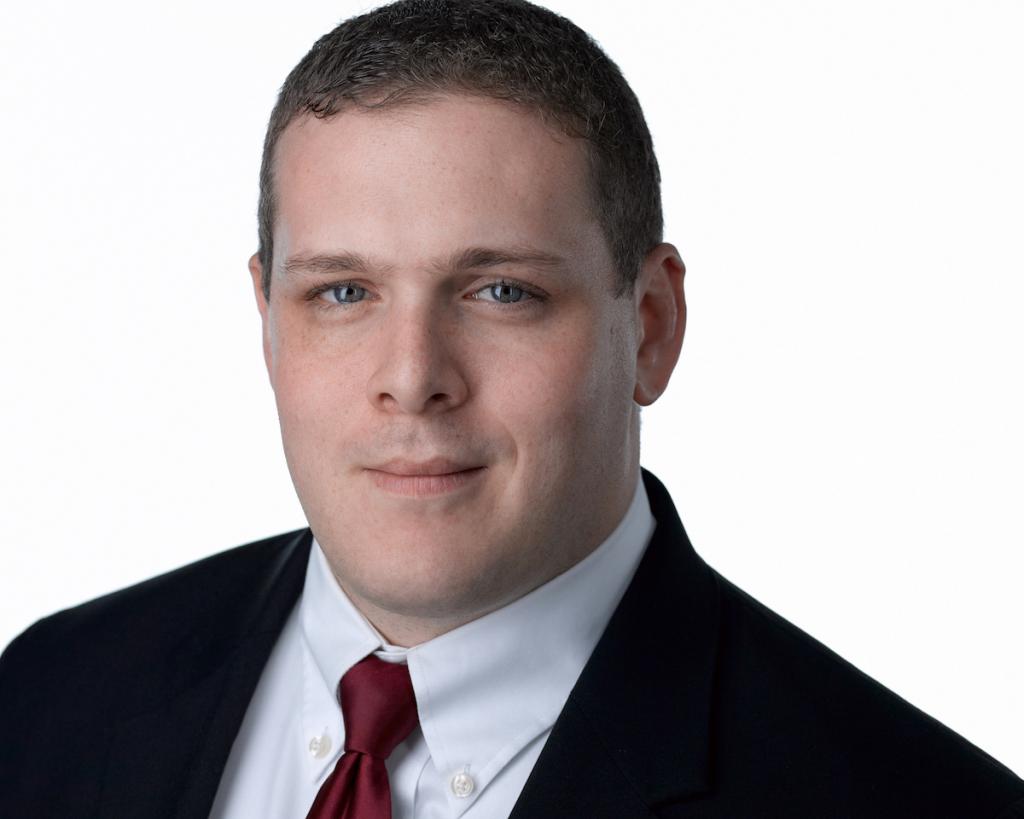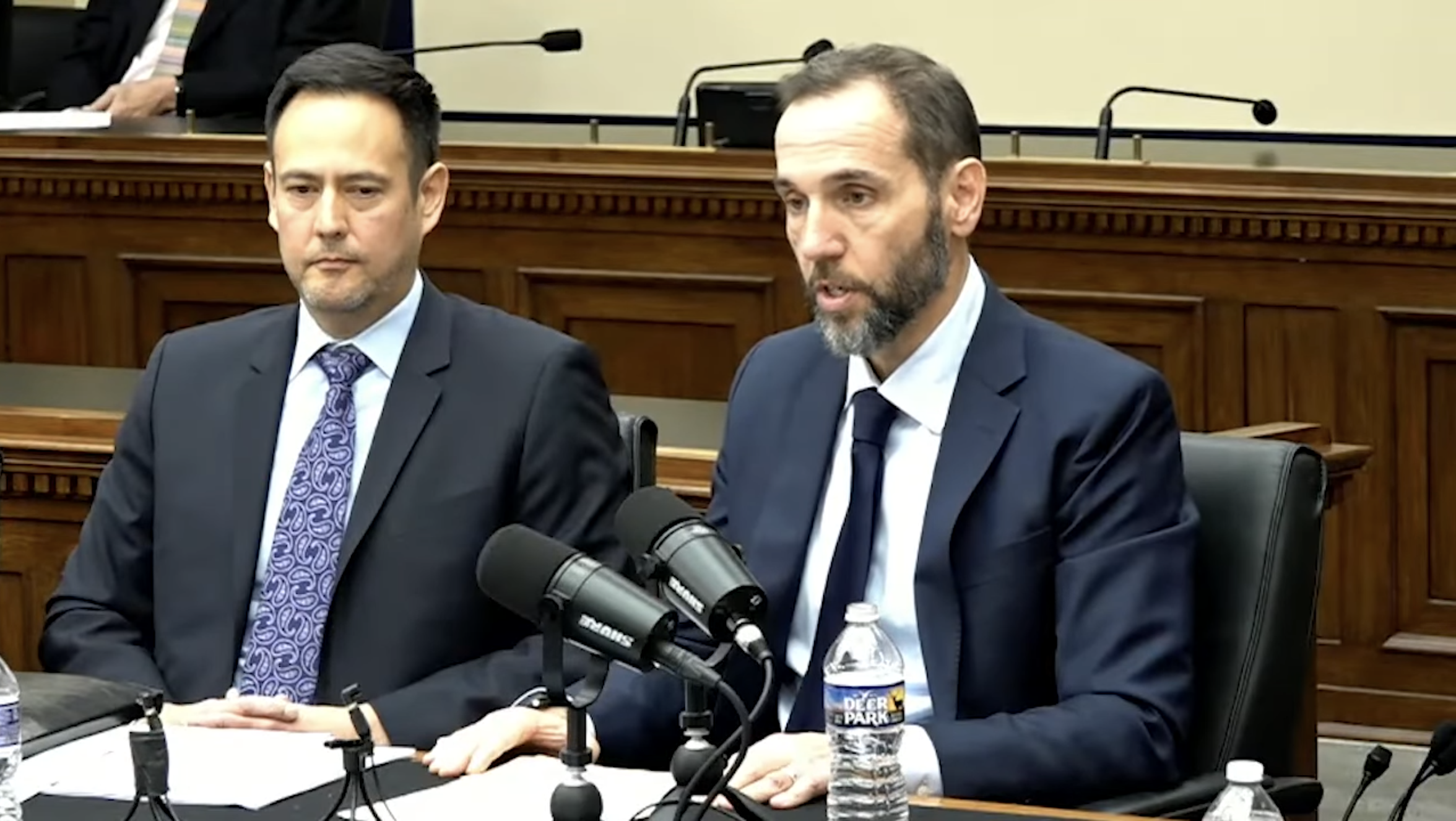All The President’s Tweets
Early this morning, apparently in response to a segment on Morning Joe, President Trump unleashed a Twitter storm about the travel ban cases, one of which has been appealed to the Supreme Court.
Published by The Lawfare Institute
in Cooperation With

Early this morning, apparently in response to a segment on Morning Joe, President Trump unleashed a Twitter storm about the travel ban cases, one of which has been appealed to the Supreme Court.
People, the lawyers and the courts can call it whatever they want, but I am calling it what we need and what it is, a TRAVEL BAN!
— Donald J. Trump (@realDonaldTrump) June 5, 2017
The Justice Dept. should have stayed with the original Travel Ban, not the watered down, politically correct version they submitted to S.C.
— Donald J. Trump (@realDonaldTrump) June 5, 2017
The Justice Dept. should ask for an expedited hearing of the watered down Travel Ban before the Supreme Court - & seek much tougher version!
— Donald J. Trump (@realDonaldTrump) June 5, 2017
In any event we are EXTREME VETTING people coming into the U.S. in order to help keep our country safe. The courts are slow and political!
— Donald J. Trump (@realDonaldTrump) June 5, 2017
These missives followed his Saturday-night tweet, issued shortly after the terrorist attack on London Bridge:
We need to be smart, vigilant and tough. We need the courts to give us back our rights. We need the Travel Ban as an extra level of safety!
— Donald J. Trump (@realDonaldTrump) June 3, 2017
As a threshold matter, it is entirely inappropriate for Presidents to comment on cases while they are pending before the judiciary. Calling the courts “slow and political” is beyond the pale. I dedicated an entire chapter in my book Unraveled on presidential commentary from Franklin D. Roosevelt to Barack Obama concerning pending Supreme Court cases. Alas, we have moved far beyond the usual bounds of objections, so I will put this aside for the moment. Far more pressing is what these barbs reveal about the President’s grasp of his own administration, and how it affects the appeal in IRAP v. Trump.
First, his tweets show utter disregard for the Justice Department’s legal strategy. According to the Solicitor General, the 90-day ban on entry from certain countries was never meant to be a permanent policy. Rather, it was a pause designed to provide the government an opportunity to reassess its vetting procedures. By insisting on calling the policy a “travel ban”—notwithstanding his attorney’s insistence to the courts that this is not what the policy about—the President undermines the Solicitor General’s arguments about the nature of the policy. Here, the “sole organ” puts his foot in his mouth.
Second, it is confounding that Trump blames the Justice Department for the second executive order, which he refers to as “watered down” and “politically correct.” In court, the lawyers have explained, correctly in my mind, that the second order was crafted to respond to the Ninth Circuit’s decision in Washington v. Trump upholding a preliminary injunction on the first order. Alas, Trump’s comments, once again, undercut that strategy. More pressingly though, his remarks mistake who runs the show in our separation of powers system. The buck stops here. If the President did not want to sign the revised order, he did not have to. To be more precise, his own White House Counsel should bear whatever responsibility exists for the fact that the President signed the order. As a whole, these tweets are far less probative of the current travel ban litigation, and far more revealing about the President's lack of knowledge, both about how his own administration works and the contents of his signature policy.
Third, and perhaps most troubling, what does Trump mean when he calls for the Justice Department to seek a “much tougher version”? Is he referring back to the initial January 2017 executive order, or is he referring to an even tougher version that will be released after the current one winds its ways through the courts? As usual, parsing the President's 140-character bursts is fraught with difficulties. If he is referring to the latter, then did he inadvertently tip what he intends to do after the Supreme Court completes its review?
Finally, much ado has been made today about the fact that he called it a “travel ban” and referred to the current version as “watered down.” This is not new language from Trump. The plaintiffs have read his previous reference to the “watered down” order to refer back to his original promise on the campaign trail to ban all Muslims, but for reasons I discuss in Part I of my series on IRAP v. Trump, this is not a plausible construction of his entire remarks from that speech.
That said, Trump’s use of the word “ban” raises questions. During a January 31 press conference, a reporter asked Sean Spicer about the President referring to it as a “ban.” Spicer denied that it was a ban, citing Homeland Security Secretary Kelly’s statement to the contrary. It is remarkable that the President’s own cabinet cannot get on the same page as the President. Why did Trump call it that? “He's using the words that the media is using,” Spicer replied. The reporter followed up “It’s his words, his tweet.” Spicer replied, “I think that the words that are being used to describe it are derived from what the media is calling this. He has been very clear that it is extreme vetting.” This phrase, “extreme vetting,” is also how Trump described the order in his final tweet this morning.
What does all of this mean for the Supreme Court’s resolution of IRAP v. Trump? Under Kerry v. Din and Kleindienst v. Mandel, the Court’s review for legitimacy and bona fides is limited to the four corners of the policy. If the Justices abide by those precedents, none of these statements will be relevant. However, in the broader context of the applications for stay and petitions for certiorari, these tweets may raise several questions. First, if the government is already doing “EXTREME VETTING” to “help keep our country safe” while the executive order is enjoined, is it necessary to stay the district court’s injunction as the government requests? Second, does the government plan to issue a “much tougher version” of the revised executive order? If so, when would it be issued, and how would that effect the timing and potential mootness of the cert petition? Third, does the President actually support the revised travel ban, which he has repeatedly criticized as “watered down”?
In general, talkative clients pose distinct difficulties for attorneys, as statements outside the court can frustrate strategies inside the court. These difficulties are amplified exponentially when the client is the President of the United States, and he continuously sabotages his lawyers, who are struggling to defend his policies in an already-hostile arena. I do not envy the Solicitor General’s office.


.jpg?sfvrsn=cbb26fe8_9)

